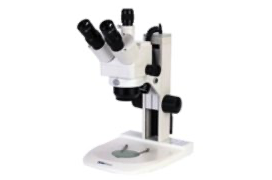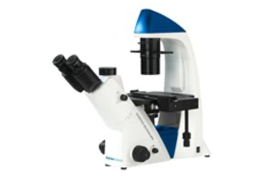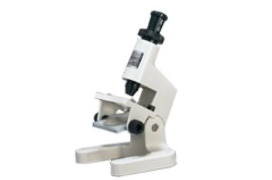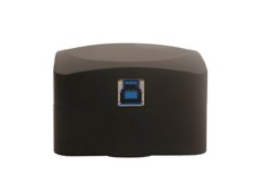- Abnova Corporation (1)
- Advantus Corporation (1)
- Aldon (1)
- American Educational Products, LLC (1)
- Applied Biosystems (1)
- Aven Tools (1)
- BD Diagnostic Systems (2)
- Boekel Scientific (2)
- Carson Optical (26)
- Celestron International (18)
- Corning (36)
- Cytiva (3)
- DWK Life Sciences (8)
- Decon Labs (1)
- Drucker Diagnostics (25)
- Dynalab Corporation (1)
- Educational Insights (1)
- Eisco (18)
- Epredia (162)
- Fisher Scientific (501)
- Fisherbrand (501)
- GSC (4)
- Greiner Bio-One (3)
- Gurley Precision Instruments (1)
- Hach Company (1)
- Invitrogen (11)
- Johannes Lieder GmbH & Co. KG (1)
- Kimble (8)
- LW SCIENTIFIC (4)
- Labconco Corporation (Research) (8)
- Laxco Inc (186)
- Learning Resources, Inc (1)
- MP Biomedicals, Inc (7)
- Maybridge (11)
- Millennium Sciences, Inc. (2)
- MilliporeSigma (6)
- Mitchell Plastics (7)
- Mopec (1361)
- Motic Group (177)
- Motic Swift Line (62)
- National Optical & Scientific Instruments (50)
- Novus Biologicals (54)
- Osmonics (4)
- Propper Manufacturing Co. (1)
- Raylabcon, Inc. (5)
- SP Bel-Art & SP Wilmad-LabGlass (21)
- SP Bel-Art Labware (8)
- Scientific Device Laboratory, Inc (9)
- Siemens Healthineers (2)
- Sigma Aldrich (2)
- Simport Scientific (9)
- Southern Biotechnology Associates (2)
- Starplex Scientific (1)
- Stovall Life Science, Inc. (6)
- Supertek (65)
- Thermo Scientific Products (11)
- Triangle Biomedical Sciences, Inc (TBS) (2)
- United Scientific Supplies, Inc (34)
- Vernier Software (4)
- Walter Products (2)
Microscopes, Slides and Coverslips
Microscopes
Microscopes are used to examine items that cannot easily be seen clearly without magnification. They may be analog or digital, and many digital versions have integral display screens.
Microscope types include:
- Compound microscopes
- Stereo and stereo zoom microscopes
- Inverted microscopes
- Handheld or pocket microscopes
- Cell imaging microscopes
- Electron microscopes
Microscope Slides
Microscope slides are usually made of soda lime or borosilicate glass with ground or polished edges. Some are made from specialty plastics and fused quartz is sometimes used for fluorescence microscopy.
Standard microscope slides measure about 75 x 25mm (3 x 1 in.) and are 1mm thick. Other special purpose sizes are available:
- 75 x 50mm for geological use
- 46 x 27mm for petrographic studies
- 48 x 28mm for thin sections
Specialized slides are available in addition to standard, plain slides:
- Concavity or cavity slides: Have one or more shallow depressions or wells; used to hold thicker objects, liquids, and tissue cultures
- Rounded corners: For increased safety or for use with a slide clamp or cross-table
- Graticule slides: Marked with a grid for counting reference or size estimates
- Frosted or enamel-coated: For labeling
- Coated: For chemical inertness, enhanced cell adhesion
Microscope Coverslips
Coverslips can be glued to the slide to preserve the specimen, slow drying, and prevent contamination. Commercial sealants, laboratory preparations, clear nail polish, or other adhesives can be used.
Coverslips are available in various shapes, sizes, and thicknesses; the thickness can affect the resolution and intensity of the image.






